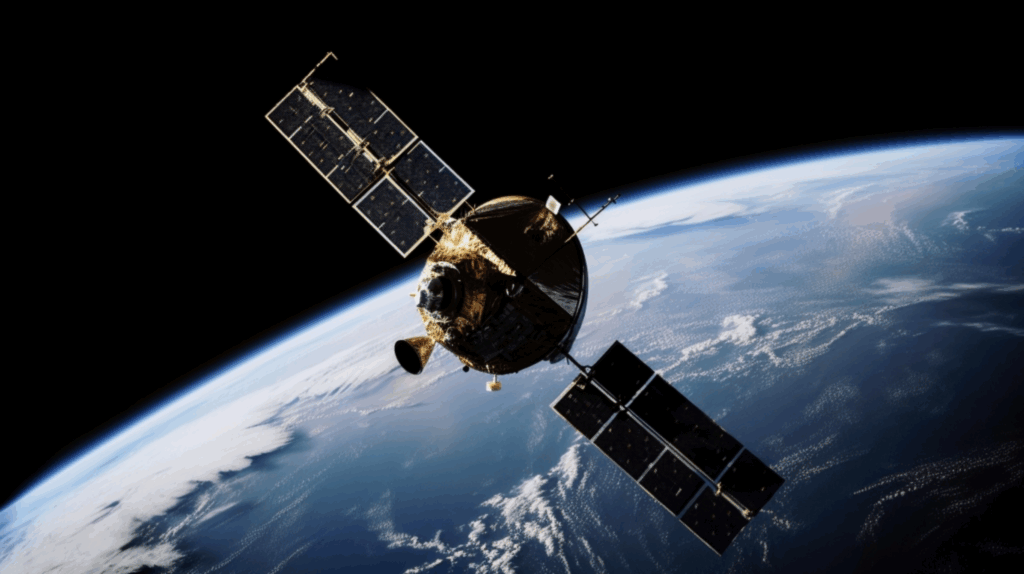Unit Economics of Satellite-Cellular Convergence: Cost-per-Subscriber Analysis Across the D2D LEO Stack

In direct-to-device (D2D) LEO economics, the single most important KPI is:
Fully-Loaded Cost per Subscriber per Month = (Space Segment CapEx Amortized + Ground Segment + Terminal Subsidy + OpEx) ÷ Active Subscribers
Why this matters:
-
It’s the unit economic threshold that determines when satellite-cellular convergence achieves terrestrial parity
-
Industry targets $3-8/subscriber/month at scale for D2D LEO vs. ~$25-40/month for legacy MSS (mobile satellite services)
-
Terrestrial MNOs operate at $15-35/subscriber/month fully-loaded ARPU in developed markets, with ~40% gross margins
The critical inflection point: D2D LEO must reach sub-$10/subscriber/month to become a ubiquitous “network of last resort” embedded in every handset, rather than a premium service.
Stack Decomposition: Layer-Specific Cost Attribution
Here’s how each layer influences cost per subscriber in direct-to-device satellite connectivity:
Key Technical Dependencies:
Space Segment Economics:
-
Satellites required for coverage: AST SpaceMobile targets ~95 for global coverage; Starlink deployed >650 for initial D2D
-
Cost per satellite: $10-30M each for large LEO sats (AST’s 1,500 kg class) vs. $500K-1M for Starlink’s Gen V2 mini
-
Launch cadence: SpaceX’s vertical integration = ~$1,000/kg vs. ~$3,000-5,000/kg for commercial launch
-
Useful life: 5-7 years typical for LEO → high refresh CapEx burden
Link Budget Math (Critical Constraint):
-
AST approach: 20-meter deployable arrays → ~3.5 mbps peak, 3-5 ms latency, existing handsets
-
Starlink approach: Massive constellation density + newer handset chipsets → estimated 4-7 mbps peak, 5-10 ms latency
-
Legacy (Iridium): ~2.4 kbps, 176-704 ms latency, proprietary terminals
The Shannon capacity limit and path loss at 500-1200 km altitude create fundamental tradeoffs:
-
Larger satellites (AST) = better link budget with existing phones but higher per-sat cost
-
Smaller satellites (Starlink) = lower per-sat cost but requires new chipsets and higher constellation density

For more information, please visit:
https://docs.outliers.fund/space/d2d

